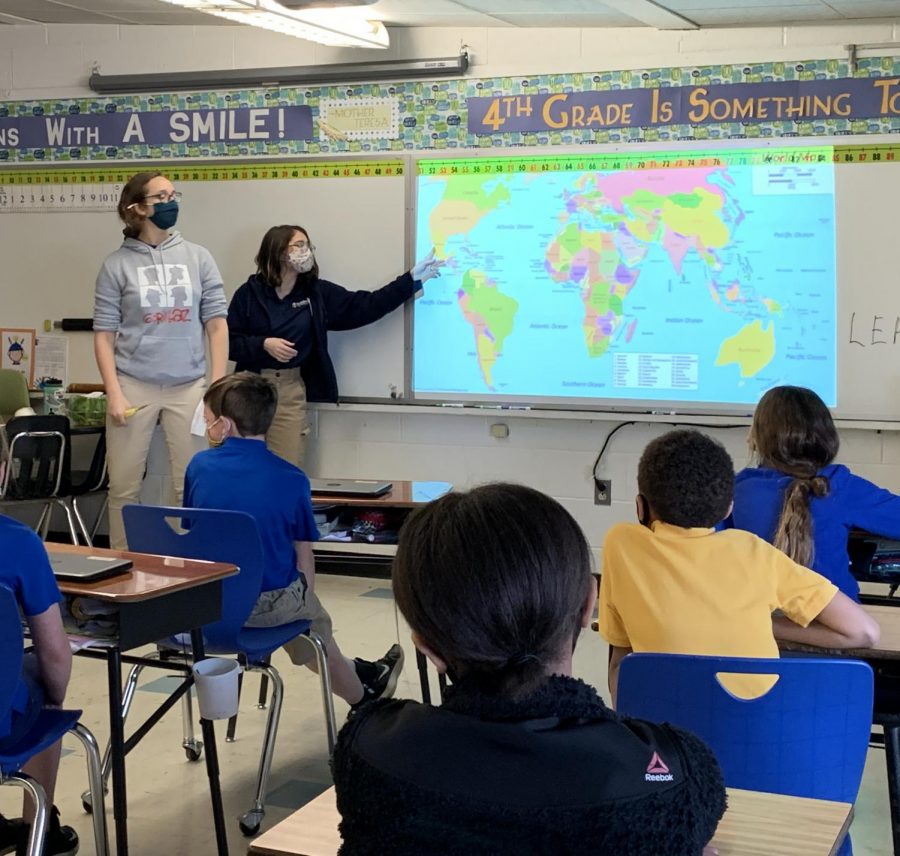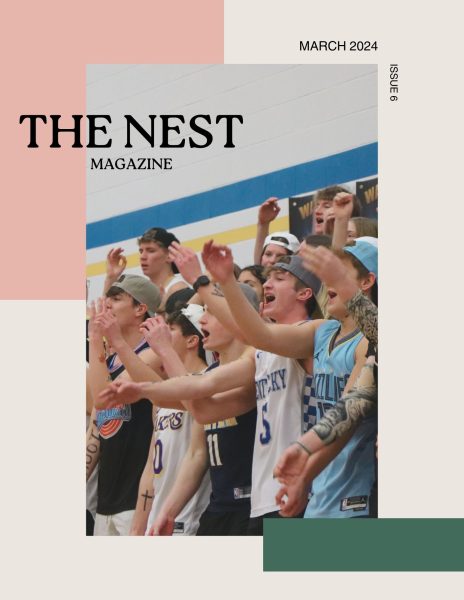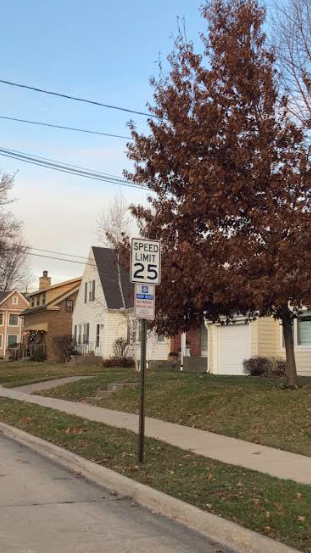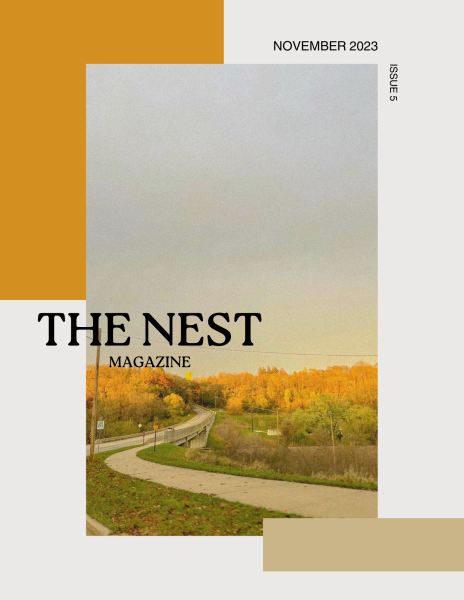MINIMALISM
Being sustainable has a lot to do with minimalism or the practice of buying and having less. Everything you buy has an impact on the environment at some point of a product’s lifespan, whether it’s when the products are manufactured or used.
Take clothes for example. Fibers need to be sorted, products manufactured, and finally transported to different retail locations. To reduce my impact with clothing, I donated my unused articles and kept the essentials (the ones I feel comfortable in and wear often). I’ve also limited the amount I shop. The last time I bought clothes was a few months ago, and I only bought a few things.
Nutrition is also a way I’ve practiced sustainability. Packaged and processed items, like fruit snacks or granola bars, take more energy and resources to produce. Dairy and meat production creates more greenhouse gas annually then the entire transportation sector (car and plane emissions). Finding foods that are whole – which means unprocessed – and unpackaged makes a world of a difference by leaving less of an impact on the planet. Unpackaged fruits, veggies, and non-meat protein are a key part of a sustainable diet.
You can reduce your impact on the environment by simply choosing to have less. Think about what you buy and what you have, and try to keep it to the bare essentials.






